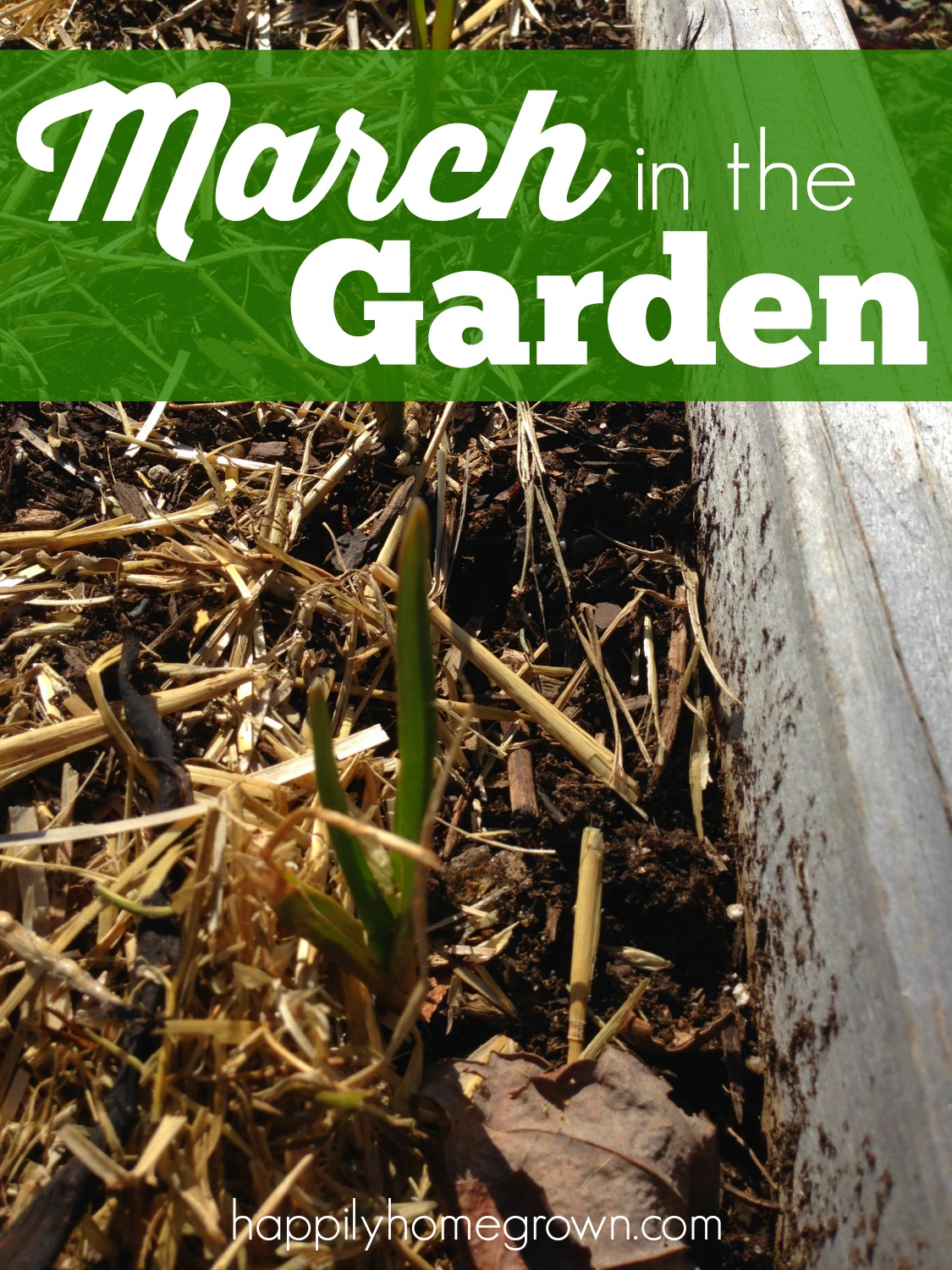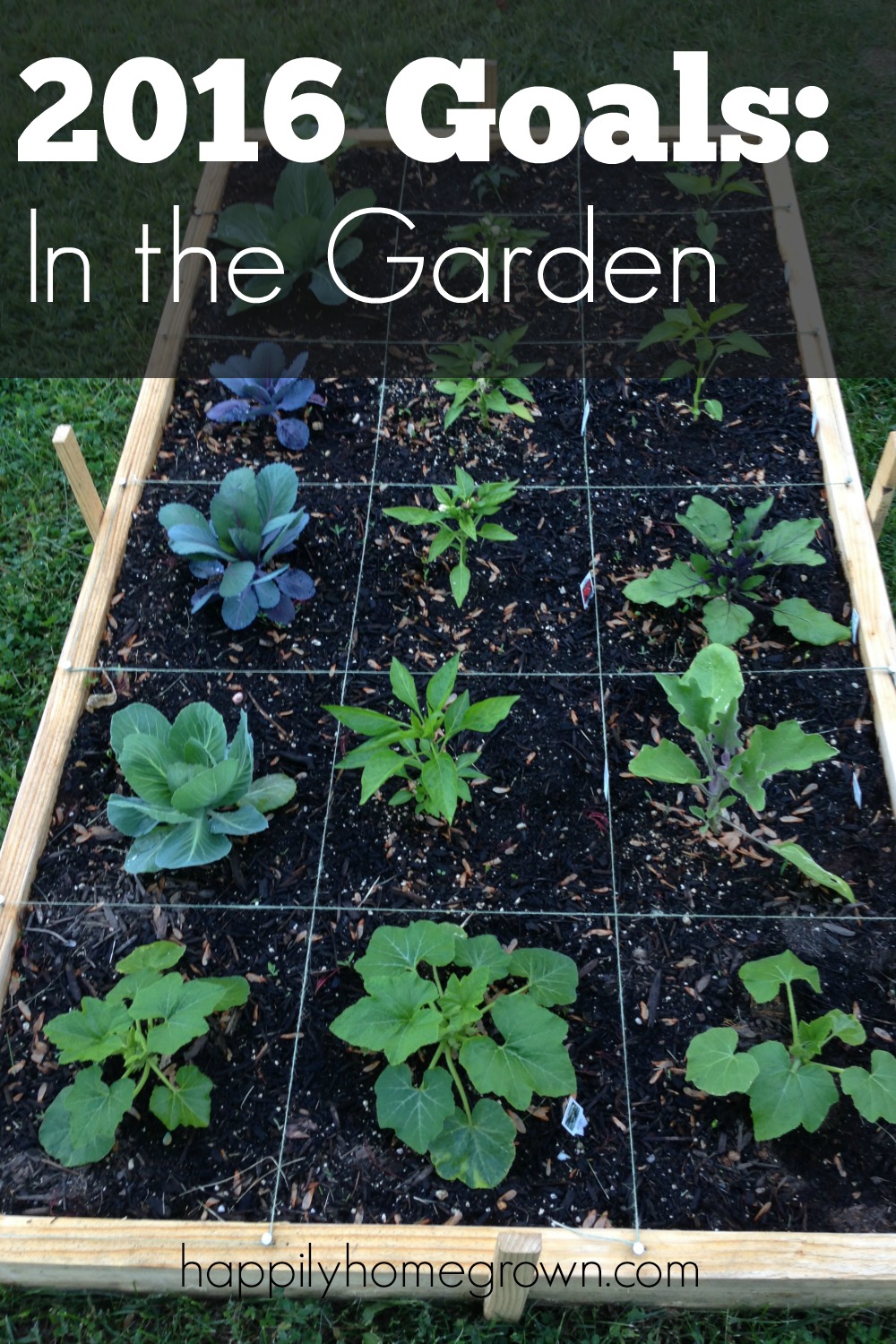Posts on Happily Homegrown contain affiliate links. When you make a purchase through an affiliate link, your price will be the same, but Happily Homegrown will receive a small commission. Thank you for your support!

Today, we are diving into a topic close to our hearts … getting the kids involved in homesteading chores. As we explore the strategies to include your children in the daily rhythm of homesteading chores, our focus is on igniting their enthusiasm, nurturing responsibility, and instilling a profound appreciation for nature.
Start with Age-Appropriate Homesteading Chores
Children are naturally curious and eager to help, but the key is to match their abilities with suitable tasks. Younger children can help by:
- Feeding pets or smaller farm animals
- Picking vegetables and fruits from the garden
- Collecting eggs from chickens
- Pulling weeds
Older tweens and teens can do many of the same chores that adults can do, just with modifications for their age and ability.
- Mowing the lawn
- Building garden beds
- Canning the harvest
- Preparing meals
And all children, regardless of age, can work alongside their parents to learn the full workings of the home and homestead.
Matching chores to your child’s developmental stage ensures they feel competent and boosts their confidence, laying a solid foundation for more complex tasks as they grow.
Incorporate Educational Elements
Homesteading chores are teeming with hidden lessons. As a homeschooling family, we know that chores are learning opportunities and can hit on many of the subjects that we are expected to cover each year. Check those boxes for covering biology, chemistry, geometry, algerbra, US History, and so much more!
Turn each task into a fun learning opportunity, for example:
- Science: You can cover biology, chemistry, and physics on the homestead! Biology – growing your own food, raising animals, and food safety. Chemistry – balanced fertilizer, soil pH, cooking and baking. Physics – simple machines such as splitting wood or using a t-post puller, thermodynamics and how it relates to greenhouses and cold frames, solar energy, and even protecting plants and structures from wind.
- Mathematics: Math is in every part of every day. From telling time and measuring ingredients to creating budgets, designing garden beds, calculating how many plants you need for the desired harvests, creating building plans for various projects, and recording all of it.
- History: Whenever we garden we discuss Victory Gardens and why we dedicate a portion of our yard to growing our own food. We also share stories about the recipes we make, why we grow particular varieties, and enjoy meals with a side of family stories. Making these connections keeps children engaged, but also connects them to our past.
- Art: Art is such & wide category and there are many things that fall into the art category. Garden design but also flower arranging; building birdhouses; creating stepping stones; cake decorating; drying flowers and using them for crafts; soap making; candle making; quilting; and mending.
By intertwining knowledge with hands-on activities, children absorb information more readily and develop a multidimensional understanding of their environment.
Create a Reward System
Acknowledging your child’s efforts is crucial in sustaining their interest in homesteading chores. Establish a reward system that might include:
- Extra playtime
- Later bedtime
- Small treats or favorite meals
- Special one-on-one time with a parent
- Actual payment for their work
Positive reinforcement not only motivates, but also teaches children the value of hard work and personal contribution to the family’s well-being.
Make Homesteading Chores a Family Affair
A big part of Homesteading is the shared responsibility. No matter how often people say they want to be self-sufficient the reality is that no one can do it alone. We need to work together. By involving the entire family in chores, children understand their role within the family. They know they are needed to help things run smoothly but that we must all work together to have the desired outcomes.
Encourage Ownership and Autonomy
One of the most empowering strategies is to give children their own projects. This could be:
- A small plot in the garden to tend
- The responsibility of caring for a particular animal
- A craft or building project that contributes to the homestead
As a parent, we need to be ok that our children may carry out a project or task differently than we would. Unless there is a safety concern, we need to empower our children to learn, make mistakes, and complete a task that they have been given. With ownership comes a sense of pride and autonomy, driving kids to engage more deeply with their responsibilities.
Documenting The Journey
Encourage children to document their homestead chores through photos and journals. Not only does this serve as a portfolio of their accomplishments, and can be added to the homeschool portfolio if needed, but it also allows for reflection and appreciation of their growth and contributions.
Patience and Praise
Be patient and liberal with praise. Every effort deserves recognition, and gentle guidance is more effective than criticism. Celebrating successes, no matter how small, instills a lifelong love for homesteading and of learning.
By implementing these strategies, you can transform homesteading chores from mundane tasks into a cherished part of your children’s daily lives. At Happily Homegrown, we believe in the power of these experiences to not only teach practical skills but also to foster family bonds and create joyous memories. Let’s nurture our little ones to become responsible stewards of the land, and in doing so, we pave the way for a future generation that values self-sufficiency, hard work, and the splendor of nature.






 Pantry Challenge
Pantry Challenge
Leave a Reply